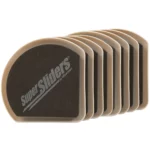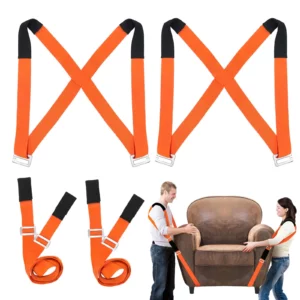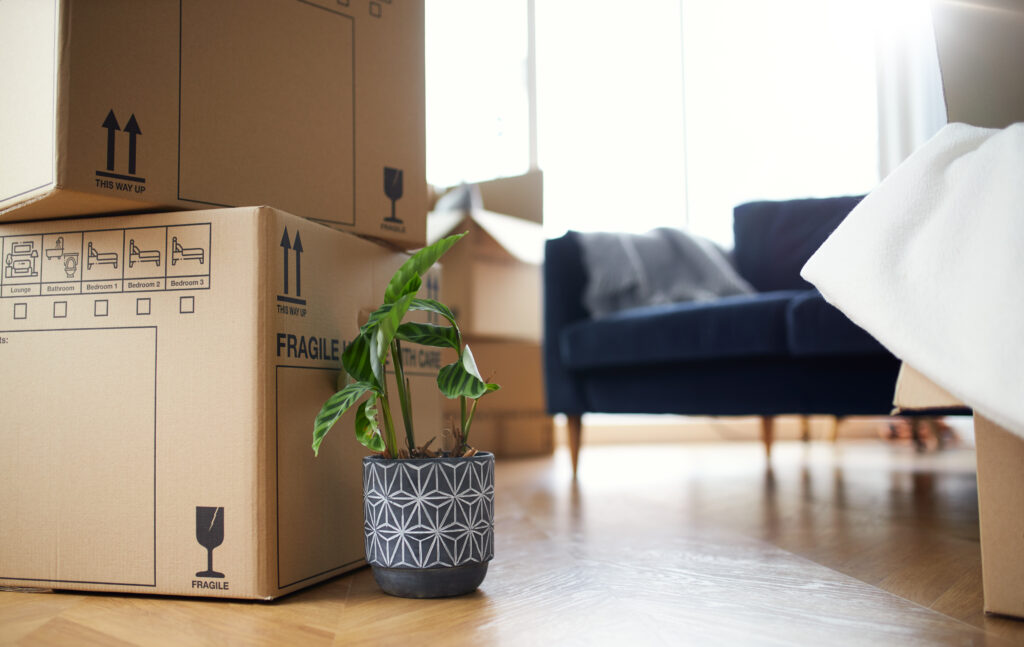Table of Contents
Introducing new carpet into your living space brings excitement and a refreshing ambiance (here are some ideas), yet it frequently entails the challenging process of relocating furniture. Whether you’re an avid DIY enthusiast or entrusting the task to professional installers, the efficient movement of your furniture is pivotal for a seamless carpet installation. Within this blog, we’ll dive into nine hacks to effortlessly move furniture during the carpet installation process.
1) Plan Ahead
Before diving into the moving process, establish a comprehensive plan. Begin by creating a detailed inventory of all the furniture pieces you’ll be moving. Prioritize items based on their size, weight, and fragility. This will help you allocate time and resources efficiently, ensuring that delicate or bulky pieces receive the attention they need. Consider furniture placement, determining where each piece will be positioned. Assess the accessibility of both your current and future spaces. Measure doorways and hallways, and any tight corners of your furniture you must navigate. This information is critical for determining whether certain pieces can be moved as-is or if disassembly is required. It helps you avoid last-minute complications during the actual move. Gather necessary tools and supplies which may include furniture sliders, moving blankets, tape, PVC pipes or other resources you may choose to make the move easier. By creating a plan and incorporating these considerations, you set the stage for a well-organized, efficient, and successful furniture-moving experience!
2) Empty Furniture Before Moving
When dealing with sizable furniture pieces like cabinets, dressers, or desks, the decision to remove drawers and their contents before moving becomes even more crucial. Beyond merely lightening the load, this strategy offers multiple benefits that contribute to a smoother and safe tranisition for both your furniture and your newly installed carpet. large cabinets, dressers, or desks, consider removing drawers and contents before moving them. This not only lightens the load but also reduces the risk of damage to both the furniture and your newly installed carpet. This can ensure a smoother and safer transition.
3) Furniture Sliders
Invest in furniture sliders, which are small discs or pads that you can place under the legs of heavy furniture. These tools can significantly reduce the effort needed to move furniture, protecting your floors, and saving your back from unnecessary strain. They work well on both carpet and hard surfaces. Read another blog we wrote about how to use furniture sliders.

4) DIY Furniture Sliders
If you don’t have furniture sliders, you could try to create your own by using old towels or plastic lids. For towels, fold or roll them into compact shapes, ensuring the they are thick enough to provide a smooth surface for sliding. Once you have your chosen materials, place them strategically under the legs or base of the furniture piece you intend to move. Position the sliders in a manner that allows for even weigh distribution, and you’ll quickly notice a significant reduction in friction between the furniture and the floor.
5) Leverage PVC Pipes
When dealing with substantial and weighty pieces such as sofas or bookshelves, employing PVC pipes as makeshift rollers can significantly streamline the moving process. Elevate one side of the furniture and slide the pips underneath. With someone on each side, you can easily roll the furniture to its new location. Additionally, using PVC pipes as rollers is a cost-effective and innovative solution that proves particularly useful when navigating tight corners or confined spaces during the furniture relocation process.
6) Use Plastic Wrap
If you have dressers or cabinets with drawers, keep them intact by wrapping the entire piece with plastic wrap. This will prevent drawers from sliding out during the move. This protective layer not only secures the drawers in place but also shields the furniture from potential scratches and dings during transportation. This method simplifies the moving process, as you won’t have to contend with the challenge of individually securing each drawer, making for a more efficient and stress-free experience.
7) Utilize Moving Straps
When confronted with the task of moving hefty furniture, consider taking advantage of moving straps or lifting harnesses. These straps distribute the weight of heavy furniture across your shoulders and back, making it easier to carry and reducing the risk of injury. Moving straps typically feature adjustable lengths, allowing for a customized fit to accommodate various furniture sizes. By utilizing these straps, you not only enhance your ability to carry heavy loads but also ensure a more controlled and balanced movement. This not only benefits your physical well-being but also safeguards the furniture from potential damage caused by awkward lifting angles.

8) Labeling and Organizing
Enhancing the organization of your furniture disassembly process goes a long way in ensuring a seamless reassembly. Beyond simply disassembling your furniture, take the extra step to label each part and its corresponding hardware. Small bags or containers become your allies in this endeavor, serving as designated homes for screws, bolts, and other essential components. This prevents the loss of small yet crucial parts during the move but also streamlines the reassembly process when the time comes. No more searching for the right screws or questioning which piece belongs where – everything you need is conveniently attached to the dismantled furniture. Another idea is creating a comprehensive inventory or checklist to cross-reference against your labeled components. This will make sure sure nothing is overlooked, and each item finds its way back to its intended place during the reconstruction phase.
In addition to the practical hacks for moving furniture, fostering a safe and mindful environment is paramount throughout the entire moving process. Incorporating safety measures and recognizing the importance of well-being not only preserves physical health but also contributes to a more positive and efficient moving experience. Contact His Workmanship for more tips and support on your next move!



